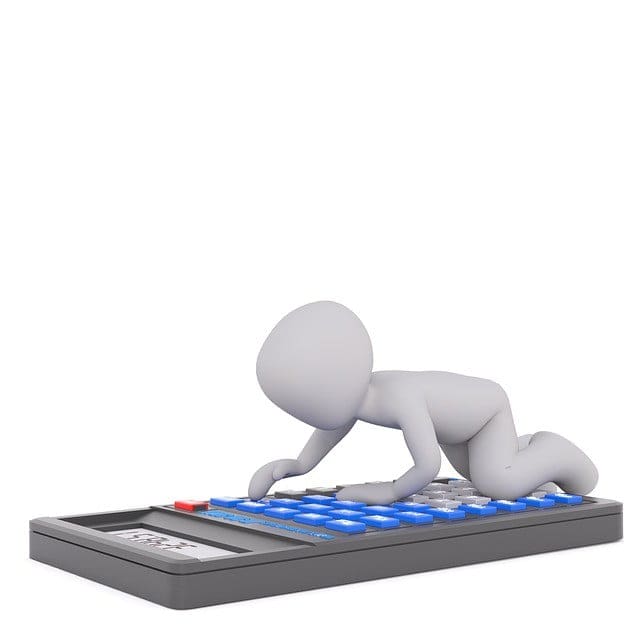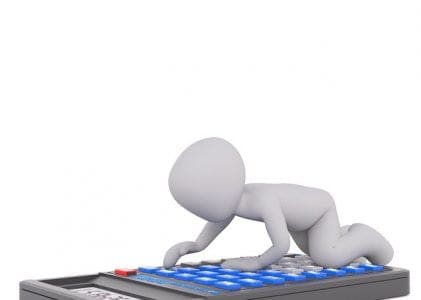 How to improve and adapt math teaching to the digital age’s prerequisites was generally described in part 1
How to improve and adapt math teaching to the digital age’s prerequisites was generally described in part 1 ![]() including Dan Meyer’s excellent TedTalk and a scene from the TV-series Numbers. In this 2nd part, one of the general
including Dan Meyer’s excellent TedTalk and a scene from the TV-series Numbers. In this 2nd part, one of the general ![]() developments in the digital era and its connection with the rethinking math perspective will be analysed. This story also can be seen as the fifth part of our series of articles about school digitalization.
developments in the digital era and its connection with the rethinking math perspective will be analysed. This story also can be seen as the fifth part of our series of articles about school digitalization.
Authentic Learning Models
Authentic learning is applicable in many fields of education and basically can be described as to transform real-life experiences into learning scenarios. Such method is intended to increase student-engagement since a majority of all learners actually is not that interested in a theory in itself, but instead what you actually can do with it. In addition, authentic learning not only improves knowledge since it also trains skills and are thereby more hands-on to prepare students for a future career. One of the most obvious fields of traditional education that is a natural part of authentic learning models is Mathematics.
Project-based learning and calculation
There are many models of authentic learning, but here we will focus on one way of bringing the real world into the classroom, namely 3D printing.
The goal is to create a working application. The method is to come up with an idea, make up a plan to execute it, calculate the measures of the product carefully, include the calculated numbers/measures into the 3D printer and get the result. Did it comprehend with project-idea and –plan? Did it actually work? If not what went wrong? Where in the calculation are the errors? More ideas of authentic learning and mathematics will be presented in part 3.
Bringing Museum Artefact to the classroom
According to the Horizon Report, 3D printing will be a teaching tool that will be integrated into many classrooms in the coming years. The Greek company Museotechniki has acknowledged this development with its award-winning project: Museofabber (www.museofabber.com). The project aims to open up museums to make it possible for schools to print 3D-artefacts of historical objects from their collections. This is a very interesting hands-on-service, which also could be useful for other fields of education than History, like Math in terms of geometry and age calculations etc.
Written by
LarsGöran Boström©
More info and presentation of 3D-printing
http://en.wikipedia.org/wiki/3D_printing
Opens in a new tab



